‘Heaven Was the Place in Heart’ | Karachi, Pakistan
An extraordinary exhibition in Karachi by Pakistani artist Imrana Tanveer reflects on visions of idealised, unreal women who are promised to Muslim men for their good deeds, but whose images and stereotypes we find in all cultures. Tanveer purposefully uses Baroque and Rococo styles of Western paintings, easily straddling cultures to make her point. “Heaven or Earth" she says, "the objectification of the woman is always there.”
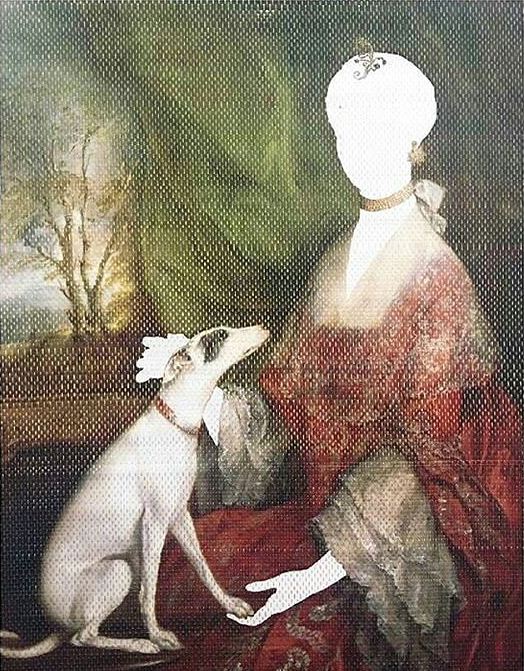
'Heaven Was the Place in Heart'
All the 72 works in the exhibition are titled ‘I See a Premonition’, which represents the very core idea of doing good in the name of having Hoors (women of Heaven, fair virgins) in the afterlife.
The number 72 represents the misconception which is generally very well fed in the minds of Muslim men, who just get flattened with the imaginary and proclaimed beauty of the alluring ‘women of Heaven’. “Ironically, Islamic scholars do not formally agree upon this rather publicized incentive. The Hoor is often referred to as a ‘virgin’. It is suggested that the Hoors, number of which are yet to be decided, are awarded to martyrs as a reward for laying down their lives for an Islamic struggle. This is regardless of how unethical their actions may have been. This commodification of women-like beings is a precursor for the commodification of all women.” (from the exhibition’s review by Tahmina Ghaffar)
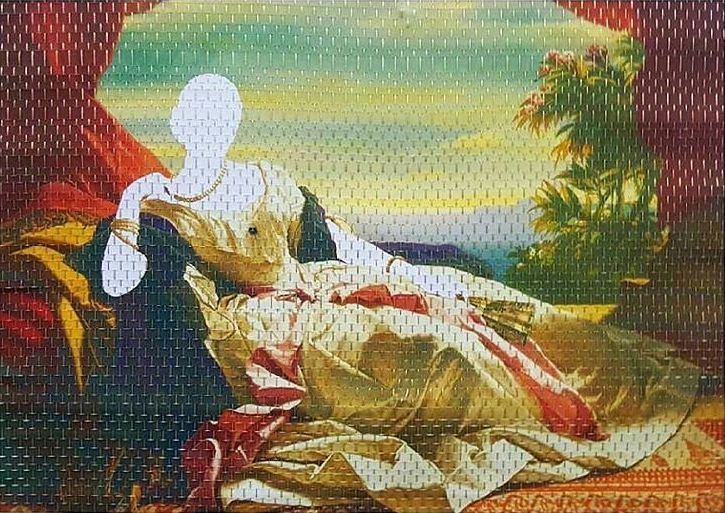
The works are also further sub categorized by variation in sizes to represents the ranking and attributes of the Hoor (there being, however, no authentic study or references which suggest the alleged 72 Hoors).
All the images are appropriation of famous Western paintings of beautiful women from the Baroque and mostly the Rococo periods, and they include images of maids, queens, princesses and muses alike. The reason to choose the Western paintings is to underline how we fantasize the beauty of white women, with flawless, hairless skin, and tender breasts (the prominent features of the paintings from that era, as well as the attributes of the Hoor according to various scholars).
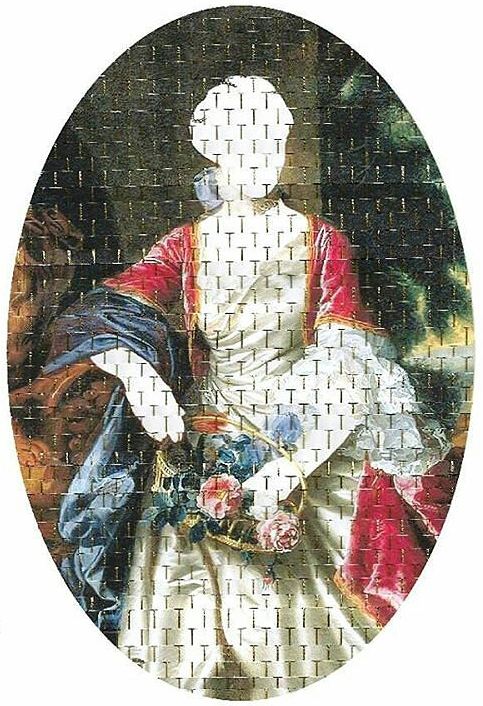
I deliberately removed the bodily features of the women and left them white, referring to white skin as bright moon. I shredded the work and reassembled it, to question the narration of the beauty with distortion. “The whiteness so desired instead defaces the subject rendering her empty and anonymous... By removing their features, Tanveer plays with the notion of whiteness, and transparency.… [She}] invites us to challenge our romanticized ideals of perfection. This consideration is as applicable today as it was 300 years ago and transcends religion and culture…” (from the exhibition’s review by Tahmina Ghaffar)
The four larger works (102 x 75 cm) represent of the four wives traditionally allowed to men. According to the tradition, the wife will always have an upper hand on the Hoor in Jannah/Heaven.
The rest of the works represents the categorization of the Hoor/women allocated to the ‘faithful and righteous’ men who spend their lives well and do good on earth. Ironically that ‘doing good’ can take the form of a suicide bombing, or of mistreating one’s wives and one’s own women, all in the name of the promised Hoor in Heaven.
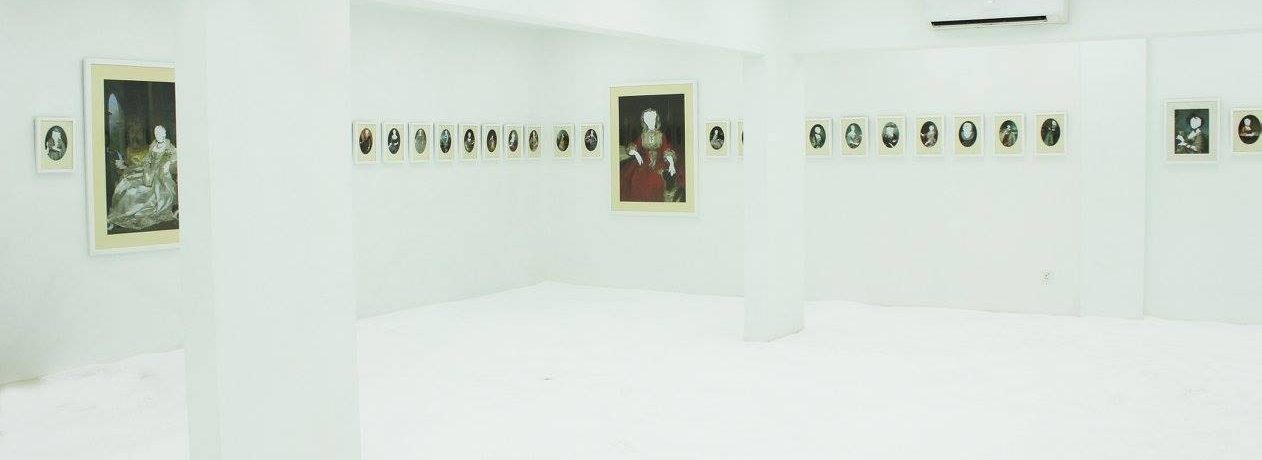
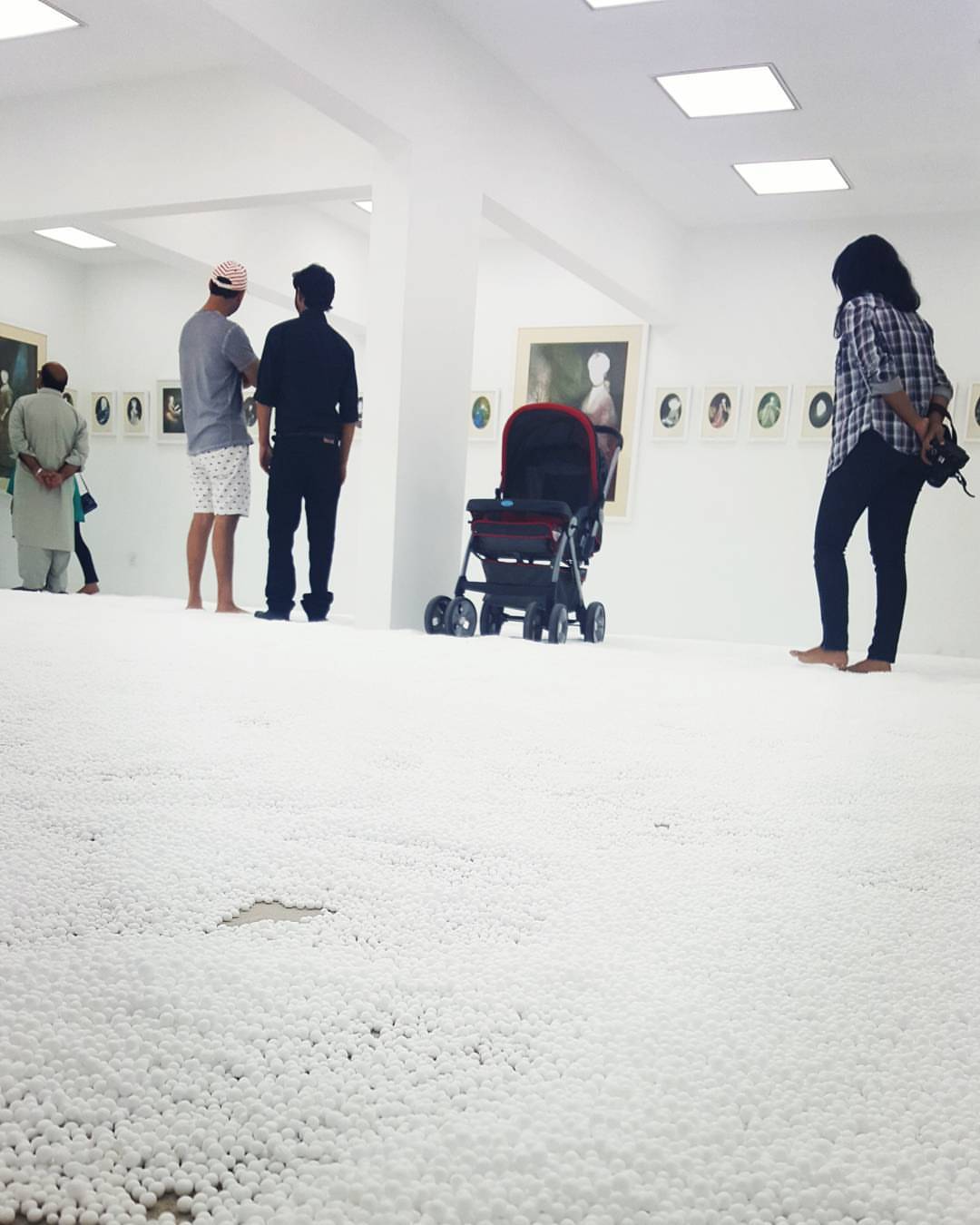
The floor of the entire gallery is covered with layers of thermocole small balls, which represent the beauty which has foregone in the brutal past, and that can only be remembered through a glimpse of visual delight. Heaven, which was shattered into pieces, can only be rescued by aligning memories of the heart which exists in the perplexity of our memory reel, hence the title of the exhibition ‘Heaven was the Place in Heart’.
All photographs are courtesy of Sanat Gallery, Karachi.
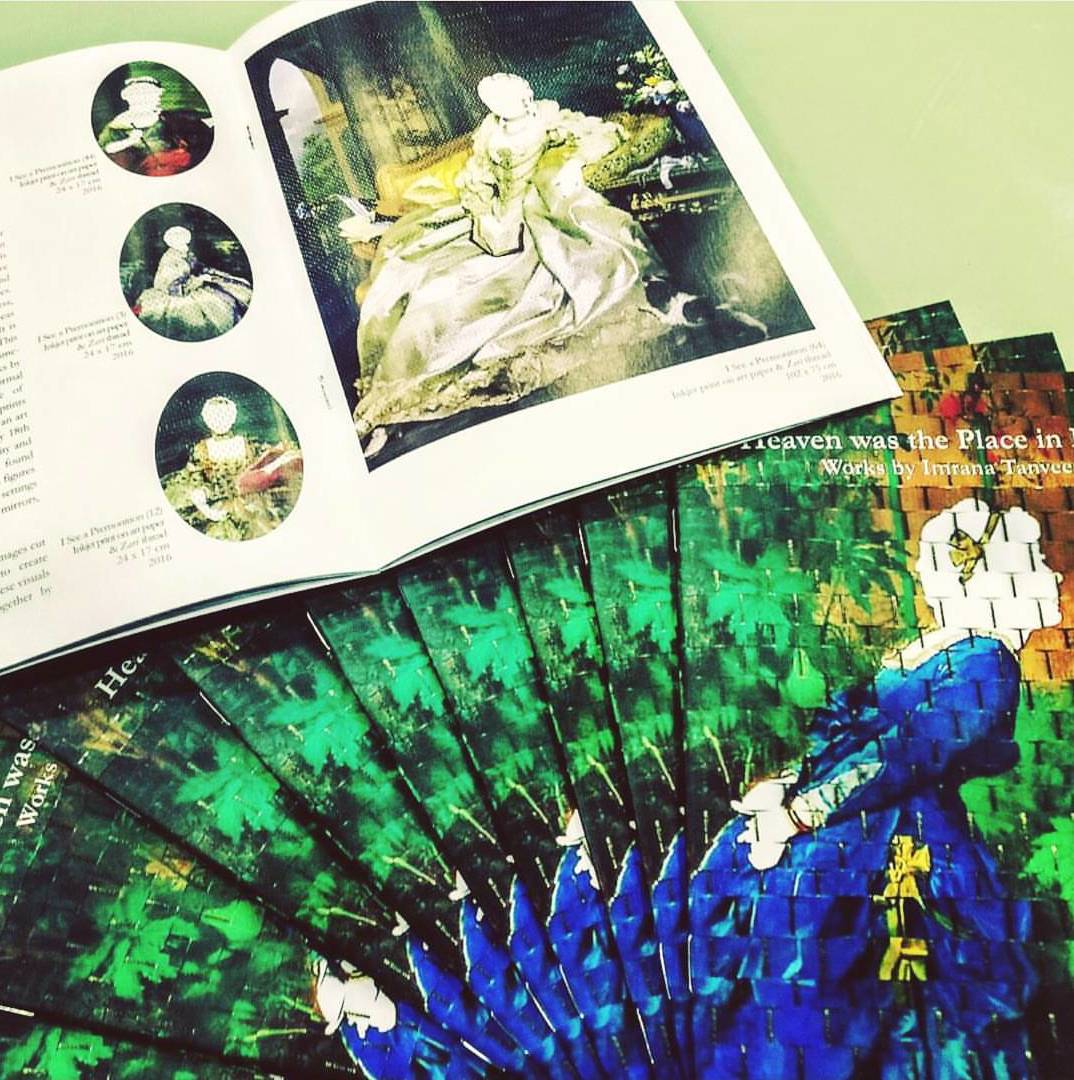
Imrana Tanveer is a visual artist based in Karachi, Pakistan. She holds degrees from National College of Arts Lahore, and Textile Institute of Pakistan, Karachi.
Her work incorporates weaving and textiles, and appropriates iconic images from both Western and Pakistani art and culture to address social and political issues, both locally and globally.